Civil-Military Relations From Vietnam To Operation Iraqi Freedom
Nonfiction, History, Military, Vietnam War, Asian, United States| Author: | Major Brandon L. DeWind | ISBN: | 9781786250070 |
| Publisher: | Normanby Press | Publication: | November 6, 2015 |
| Imprint: | Normanby Press | Language: | English |
| Author: | Major Brandon L. DeWind |
| ISBN: | 9781786250070 |
| Publisher: | Normanby Press |
| Publication: | November 6, 2015 |
| Imprint: | Normanby Press |
| Language: | English |
The end of the Cold War did not bring about the grand peace that was hoped for during four decades. Instead, the world has become more dangerous, with multiple complex problems. Military institutions worldwide must learn to adapt to the ever-changing face of the threat to fight the Global War on Terror. Services can no longer look within their own ranks to accomplish the mission; all operations must be joint in order to succeed in the contemporary operating environment.
This monograph traces the thread between civil-military relations during two times of war for the U.S. The military must know what the civilian leadership requires and must, in return, articulate a clear path to achieve it, if feasible. The U.S. military never lost a battle in Vietnam and yet that conflict is looked upon as an American defeat. The war in Iraq began to look like a repeat performance. The military was clearly winning engagements on the battlefield but the talk at home, in the media, was of a “quagmire” and “stagnation” (two terms used to describe Vietnam) and ultimately, of defeat.
Although this monograph uses two snapshots in time of civil-military relations, the significance of its findings apply, in general, to all students interested in civil-military relations, as well as decision making. Whether looking at times of war or peace, civil-military relations play a significant role in all matters pertaining to the running of our military; the decisions made by our civilian leadership can influence even the smallest facets of military life.
The end of the Cold War did not bring about the grand peace that was hoped for during four decades. Instead, the world has become more dangerous, with multiple complex problems. Military institutions worldwide must learn to adapt to the ever-changing face of the threat to fight the Global War on Terror. Services can no longer look within their own ranks to accomplish the mission; all operations must be joint in order to succeed in the contemporary operating environment.
This monograph traces the thread between civil-military relations during two times of war for the U.S. The military must know what the civilian leadership requires and must, in return, articulate a clear path to achieve it, if feasible. The U.S. military never lost a battle in Vietnam and yet that conflict is looked upon as an American defeat. The war in Iraq began to look like a repeat performance. The military was clearly winning engagements on the battlefield but the talk at home, in the media, was of a “quagmire” and “stagnation” (two terms used to describe Vietnam) and ultimately, of defeat.
Although this monograph uses two snapshots in time of civil-military relations, the significance of its findings apply, in general, to all students interested in civil-military relations, as well as decision making. Whether looking at times of war or peace, civil-military relations play a significant role in all matters pertaining to the running of our military; the decisions made by our civilian leadership can influence even the smallest facets of military life.
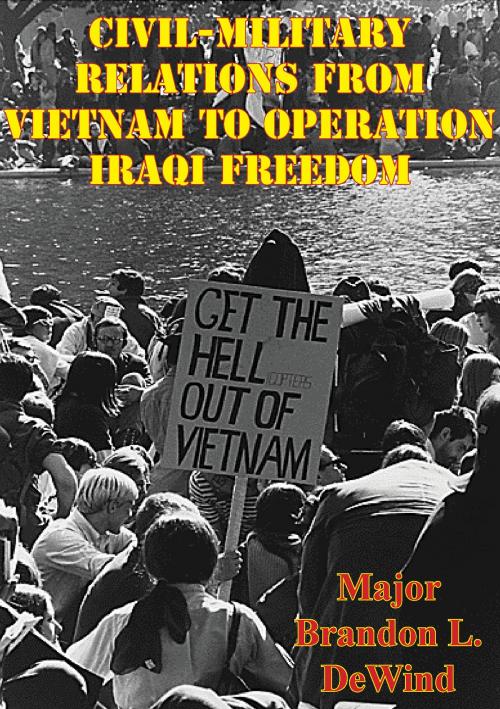
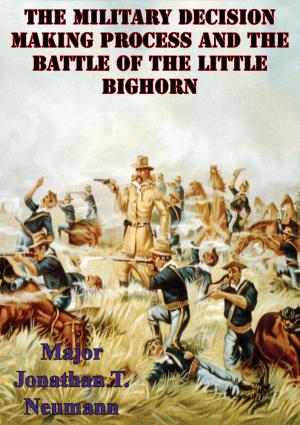





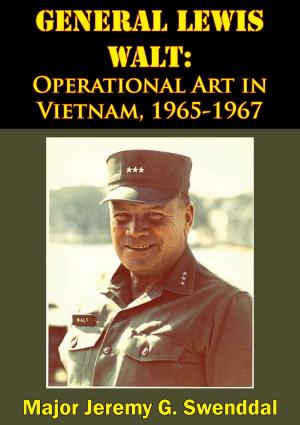

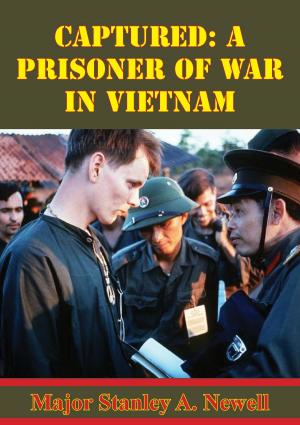
![Cover of the book The History of the French Revolution Vol V [Illustrated Edition] by Major Brandon L. DeWind](https://www.kuoky.com/images/2016/november/300x300/9781787202849-Yg4P_300x.jpg)


![Cover of the book History Of The Siege Of Delhi [Illustrated Edition] by Major Brandon L. DeWind](https://www.kuoky.com/images/2014/august/300x300/9781782899044-paVz_300x.jpg)
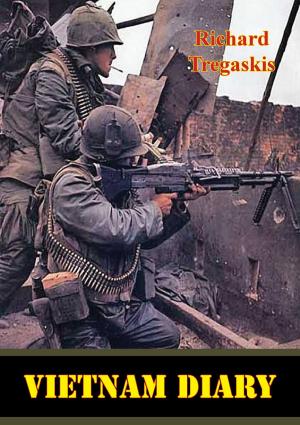
![Cover of the book Advice And Support: The Final Years 1965-1973 [Illustrated Edition] by Major Brandon L. DeWind](https://www.kuoky.com/images/2014/august/300x300/9781782899075-H44Y_300x.jpg)